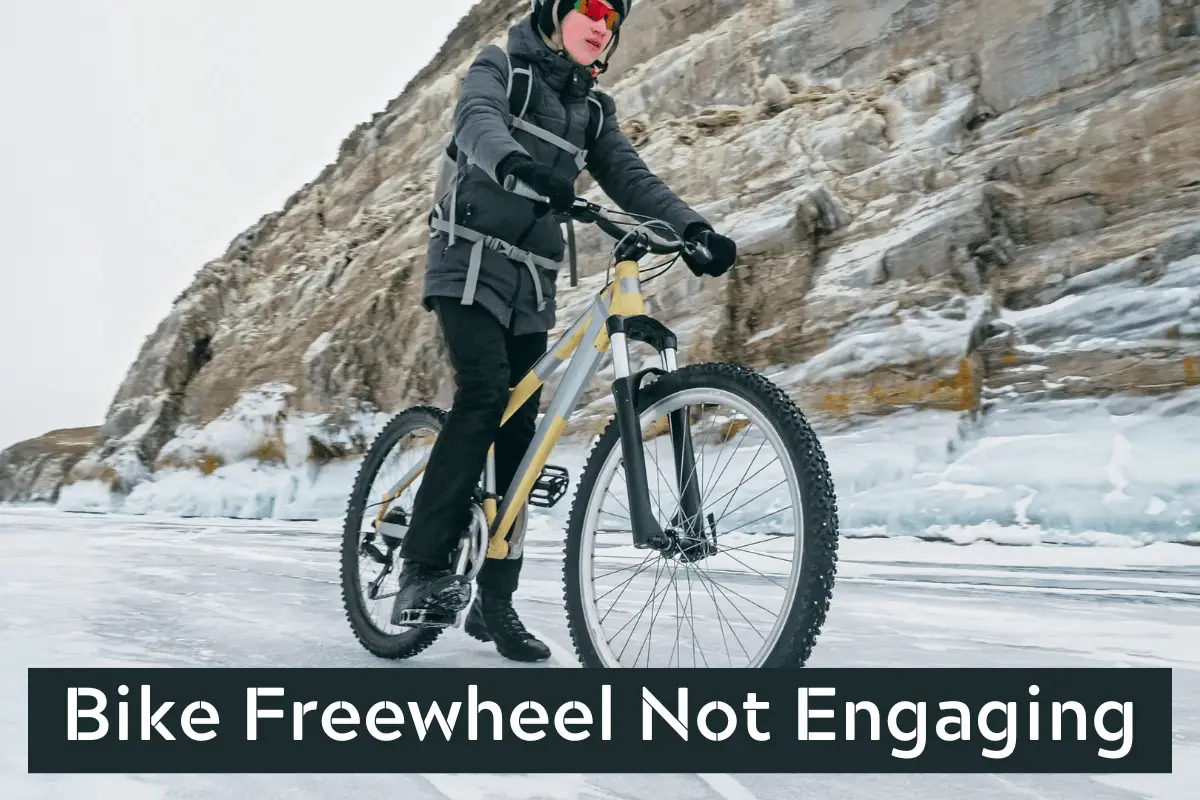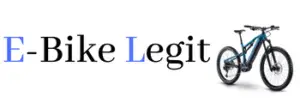
Freewheels and freehubs are the mechanisms that enable coasting while riding. Occasionally, they might not work as expected or even not work at all. We discuss the reasons for this and how to fix the problem.
What Is The Difference Between Freewheel And Freehub?
Freewheels and freehubs perform the same function, but their designs are different. The freewheel ratcheting mechanism is built into the cluster cogs.
Freehubs have their ratcheting mechanism as part of the hub itself. and the cassette sprockets will attach to the hub.
Freewheels put a lot of stress on the wheel axle due to their sizes and weights, causing them to bend at times.
You can find freewheels on old bikes or very cheap bikes. They have been replaced by the more efficient freehub system.
Bike Freewheel or Freehub Not Engaging: How to Fix?
When the freewheel or freehub on a bicycle is faulty, it affects its functionality. It might not engage when the rider stops pedaling and is expecting to coast. The pedals will continue to roll. When they fail, the wheels may not respond to pedal action. The cause of freewheel or freehub failures is lubrication.
Old grease clogging up the pawls will prevent them from engaging. To fix the problem, you need to dismantle the system to get rid of the impediments.
Although freewheels and hubs are relatively durable, they can be damaged. If that is the case you will need to replace them.
If you’re a DIY person, fixing the problem of your freehub or freewheel not engaging is fairly simple.
Follow the steps below to learn how to remove your freewheel or freehub, clean it and replace it.
Step 1:
Remove the wheel from the bike.
Step 2:
If it is a freewheel, remove the axle nut or skewer nut. If it is a freehub, remove the cassette then remove the axle and bearings.
Step 3:
- Freewheel:
Find the correct tool to remove the freewheel.
It has splines, you would use a spline tool depending on the number of splines and the diameter. Use the manufacturer’s guide to know the specific spline tool to use. If there are no splines, you would need to use a notch-type tool.
Also, the type of tool to use is dependent on the number of notches and the diameter. Again the manufactures guide will help you choose the right tool.
Once you have selected the tool, use a wrench to turn the tool counter-clockwise. If the tool is not engaging properly, especially the notch-type tool, you can screw on the axle nut to make it tight.
You don’t need to screw the axle nut on a spline tool because it has a deeper engagement. You might need to apply some force to get it to turn. Remember to turn counter-clockwise otherwise, you would be tightening it.
- Freehub:
Remove the hub body itself, by inserting a hex key into the hub, usually 10mm.
Step 4:
Degrease the freehub or freewheel. To do this you can soak in a degreasing solvent. From time to time you can rotate the hub to get more grease out.
The freewheel needs more time to degrease, because of its tight crevice. If you have a compressed air can, you can blow some air into the crevices to get all the solvent out. Otherwise, you can clean it and leave it to dry completely.
Step 5:
Lubricate with low-density oil. Again with the freewheel, you need to make sure the oil gets all the way through. The correct way to do this is to oil it from one side and turn the sprockets until the oil begins to drop from the other side. Don’t oil from both sides so you can be sure the oil goes all the way through.
Step 6:
Reassemble. You can add a little grease on the axle before fitting the cogs back. It will make removing it easier next time.
Related: Can You Leave Electric Bikes Outside?
How Do I Know if my Freehub Needs Replacing?
If you take your freewheel or freehub out and notice that the ratchet mechanism or pawls are broken. You need to change the hub.
Take note of the hub model before buying a new one or go with it to the bike shop.
What Happens When a Freehub Fails?
When your freehub completely fails, you lose engagement and the bike becomes a free driver. If you are riding and the hub stops, it could be disastrous.
If you are moving slow and there is no traffic, all is well. If you are speeding and running into traffic or close to the traffic sign, that could be dangerous.
The good thing is that freehubs do not usually stop without warning. You need to pay attention to the signs of a deteriorating hub, such as noise or loss of power.
Why does my bike pedal not move?
This may be caused by rust. Bike pedals can lock up if water gets into the crank arm and pedal. Over time it starts to condense and cause rust preventing free movement.
Spray penetrating lubes into the crankset of the pedal to remove the blockings.
Why is my freewheel slipping?
If your freewheel is slipping it might be time to clean it up. Water might have gotten in and caused the grease to clog the pawls. If it has been very long since you used the bike, old grease might be the problem.
Why Do Pawls Stop Engaging With Time?
It’s all about lubrication. Less use and, with time the grease will get old and clog the pawls of the hub. Follow the steps listed above to have them working again.
If you use the bike more often, the grease can become thin and unable to help the hub’s mechanism. This can even cause your pawls or other internal components to break.
Conclusion:
You can avoid complete hub failure by servicing your hub regularly. Pay attention to the signs of a failing hub so you can take care of it, to avoid failure mid-ride.
In conclusion, depending on the bike model and hub, it may be possible to engage or not engage the freewheel. However, generally speaking, engaging the freewheel should be the default setting if the bike has one.
Related Guides:
